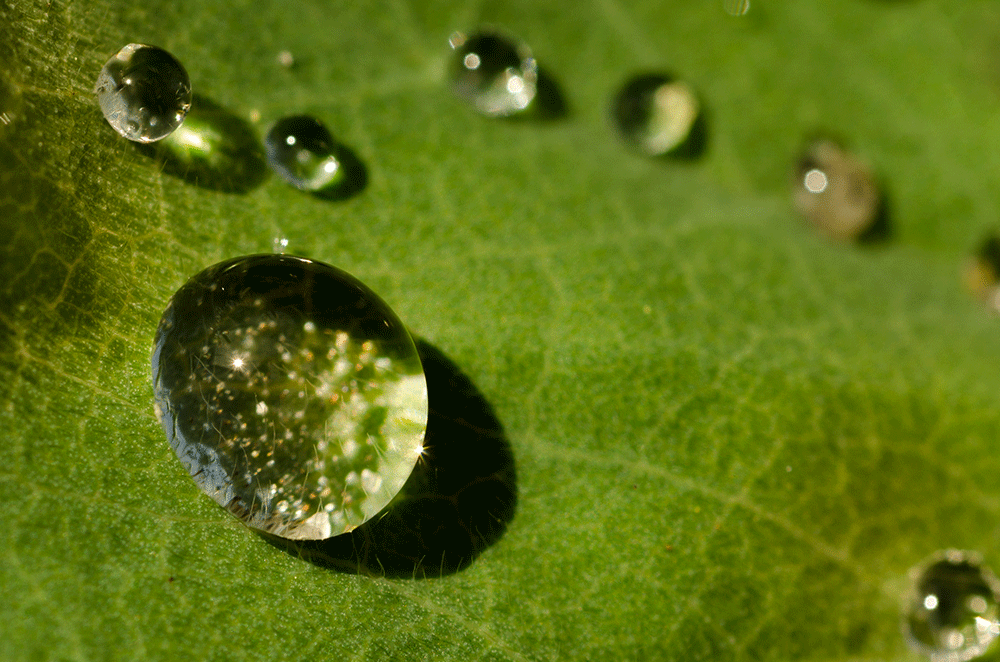
Image: CC0 Public Domain
A new collaborative study from Delft University and École Polytechnique Fédérale de Lausanne (EPFL) shows a highly-efficient, simple way to produce hydrogen through solar water-splitting at a low cost.
The team of researchers, including 2016 PRiME Plenary speaker Michael Graetzel, state that by using Earth-abundant catalysts and solar cells, effective water-splitting systems could sustainably produce affordable hydrogen.
Graetzel, known for his low-cost, high-efficiency solar cell that won him the 2010 Millennium Technology Grand Prize, helped lead the effort by separating the positive and negative electrodes using a bipolar membrane, leading to a simple yet effective new method.
Hydrogen economy
The technology behind water-splitting is essential in an economy shifting toward more hydrogen use as alternative fuels. While efficient methods of generating hydrogen do currently exist, the techniques used to produce the gas consume large amounts of fossil fuels.
Moving toward a hydrogen economy could help alleviate the effects of climate change, but only if the means used to produce the gas are also sustainable. This is where water-splitting comes in.
The driving force behind the project, according to the authors, is that “one hours’ worth of sunlight reaching the Earth contains enough energy for one year’s worth of current energy demand worldwide.” With all this potential energy, the researchers aimed to find a better way to store and transport that energy. Their answer: solar fuels.
Simple solution
This from Delft University:
The seemingly simple solution of separating the two electrodes by a specialized membrane, allows for optimization of the process, by offering the electrodes their respective best environments. It also means that Earth-abundant catalysts can be used in the process, making it cheaper, more efficient, and more stable.
Through their process, the researchers have been able to achieve efficiency levels of 12.7 percent. Compare that to natural photosynthesis, which comes in around one percent, and the 10 percent benchmark of what is currently deemed to be “commercially viable.”
While there have been 18 percent efficiency levels recorded in water-splitting, this has only been done using expensive, precious materials.
“Using this bipolar membrane for electrochemical systems, we are now able in theory to click together the optimal half reaction components for processes like pieces of Lego,” says Wilson Smith, co-author of the research, in a press release. “This has a huge potential for other electrochemical reactions such as the production of ammonia and hydrocarbons, while separating the oxidation half reaction completely. In this next step, we can finally replicate nature and make a truly artificial photosynthetic system that goes well beyond the efficiencies in nature.”


